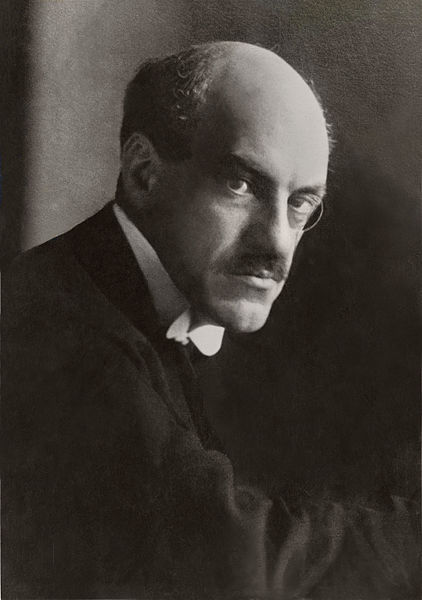Central Legislative Assembly
The Central Legislative Assembly was the lower house of the Imperial Legislative Council, the legislature of British India. It was created by the Government of India Act 1919, implementing the Montagu–Chelmsford Reforms. It was also sometimes called the Indian Legislative Assembly and the Imperial Legislative Assembly. The Council of State was the upper house of the legislature for India.
Image: Shri Vithalbhai Patel
Image: Sir Ibrahim Rahimtoola (2)
Image: R. K. Shanmukham Chetty
Image: Abdur Rahim 1930
Montagu–Chelmsford Reforms
The Montagu–Chelmsford Reforms or more briefly known as the Mont–Ford Reforms, were introduced by the colonial government to introduce self-governing institutions gradually in British India. The reforms take their name from Edwin Montagu, the Secretary of State for India from 1917 to 1922, and Lord Chelmsford, the Viceroy of India between 1916 and 1921. The reforms were outlined in the Montagu-Chelmsford Report, prepared in 1918, and formed the basis of the Government of India Act 1919. These are related to constitutional reforms. Indian nationalists considered that the reforms did not go far enough, while British conservatives were critical of them. The important features of this act were that:
Lord Chelmsford was Viceroy of India.
Edwin Samuel Montagu was Secretary of State for India






